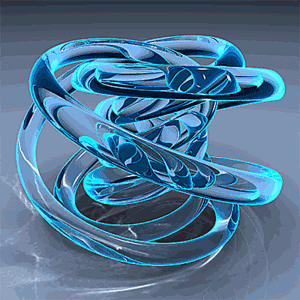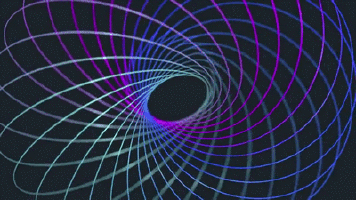MUSCLES & CONTRALATERAL PATTERN HOMEWORK
“Spirals - Contralateral introduces the ability to move in any and all directions freely”
A few simple things to orient you:
When muscles CONTRACT - they pull two points/ bones together
The lengthening of musclefibers is EQUALLY active and engaged - this is called eccentric contraction
most anatomy books only talk about the action of a muscle in concentric contraction
when you learn the action in this way, please take a moment to also feel the active lengthening on the opposite side of the joint (no need yet to know exactly which muscles are coupled in this way)
Even movements that are about extending a body part, are powered by the pull of concentric contraction of some muscles
Muscles spiral around the bones - so most most actions will have a internal or external rotation as they pull the insertion to the origin
Get on the floor and try the same muscle action on your belly with a proximal movement (moves your torso through space) basically
change your relationship to gravity
3 suggestions on how to start learning the muscles:
Okay - this s t u p i d anatomy learning!! Most of us H A T E it - shut down, so be cool, be nice to yourself, don't even think, and just start coloring in the anatomy coloring book or WATCH your fellow students Whats App videos to cheer you up
Watch videos on Youtube: I"m loving KENHUB again! They have short videos for each muscle, and clear attachments, then they show the movement in 3D, then they combine muscle group and you can do online quizzes (lots free, $20 a month for full access)
Go right to TRAIL GUIDE and use colored elastic band strips or tape to show muscle attachments on yourself - then see how that pull will really act across the joint.
Prepare your Anatomy:
Review and color the sections covering the muscles in the Anatomy Coloring Book, great assortment of images for muscle fibers and action, Two ways bones grow
Dance. Work and Play your way through the muscles with your chosen book or video series.
Developmental/ Contralateral - Watch monkeys swinging in trees ( yes - that is contralateral, watch leopard running or these youtube videos of Christine with Lorelie doing the developmental patterns,/
Look at these to see if there are other ways to look at muscle actions - other voices/ approaches PT's, Massage therapists/ Professors/ Computer animation: HERE: , Squat exercise -, Pull Ups anatomy analysis, Sit-Ups Analysis Video Muscles of the upper arm and shoulder blade, Hip and Thigh, functional groups, muscle spindles, Sternocleidomastoid Muscle, Arm muscles - Origin, Insertion & Innervation,. Neuromuscular Junction, Muscle Contraction Process, Muscle Contraction Overview Animation, Dr Preddy Neck Muscles. Anatomy Of The Foot & Ankle, intrinsic muscles of the foot., OVERARCHING IDEAS: Remember - Our muscle system is based on tensegrity, not individual WORK of individual muscles: Tensegrity wobble, Muscle Fibers. Tensegrity Demonstration. Tibial Internal Rotation Functional Mobilization, PNF Strengthening Legs. Movement/ dance: Amazing Baby tries to sit, Alexander Ekman's A Swan Lake, AIkido Vienna , Stability ball flow. Re: Rosas, the trailer
Create a muscle Model: demonstrating one of the principles of the Muscle System: show us a specific kind of movement practice or dance: rollerblading, butoh dancing, yoga, aikido, ballet, acrobatics.....or teach us a dance or movement. Make a video, a obstacle course.
Explore your muscles - either in dance or in a regular practice you do.
Stay connected with your folks!
through all this - follow your curiosity, make your own way, add in things that interest you........



















